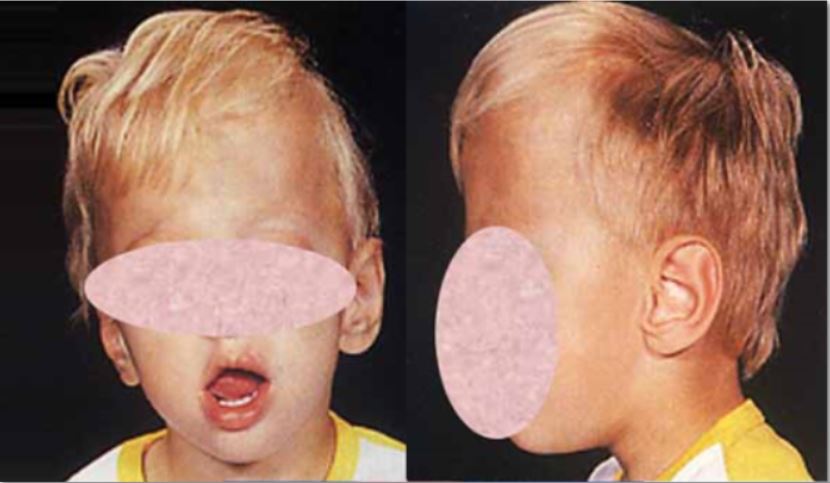Craniosynostosis 6

A number sign (#) is used with this entry because of evidence that craniosynostosis-6 (CRS6) is caused by heterozygous mutation in the ZIC1 gene (600470) on chromosome 3q24.
DescriptionCraniosynostosis is a primary abnormality of skull growth involving premature fusion of the cranial sutures such that the growth velocity of the skull often cannot match that of the developing brain. This produces skull deformity and, in some cases, raises intracranial pressure, which must be treated promptly to avoid permanent neurodevelopmental disability (summary by Fitzpatrick, 2013). Craniosynostosis-6 is a bicoronal form associated with bony defects in the sagittal, metopic, or lambdoid sutures (Twigg et al., 2015).
For a discussion of genetic heterogeneity of craniosynostosis, see CRS1 (123100).
Clinical FeaturesTwigg et al. (2015) studied 4 unrelated individuals and a 3-generation family with bicoronal craniosynostosis and variable degrees of intellectual disability, associated with mutations in the ZIC1 gene (see MOLECULAR GENETICS). In addition to coronal synostosis, cranial abnormalities included delayed closure of fontanels and patency of other sutures. Features seen on brain MRI or CT scans included dilated ventricles, corpus callosum abnormalities, cerebellar atrophy, and pons hypoplasia, as well as Dandy-Walker malformation (see 220200) in 1 patient. Intellectual disability ranged from absence of speech to mild learning difficulties; some patients also exhibited autistic features. Strabismus, either divergent or convergent, was seen in several patients. Two patients developed scoliosis, and 2 had spina bifida occulta.
Molecular GeneticsIn a 13-year-old boy with bicoronal synostosis and marked psychomotor retardation with autistic features, who was negative for mutation in the craniosynostosis-associated genes FGFR2 (176943), FGFR3 (134934), and TWIST1 (601622), Twigg et al. (2015) performed whole-genome sequencing and identified heterozygosity for a de novo nonsense mutation in the ZIC1 gene (S388X; 600470.0001). Screening for ZIC1 mutations in a panel of 307 probands with synostosis affecting any combination of sutures identified 1 patient with a different nonsense mutation (E402X; 600470.0002); later exome sequencing identified another patient from that panel with the E402X mutation, which was present in mosaic state. Both patients displayed bicoronal synostosis with severe brachycephaly, and both had a learning disability, which was milder in the mosaic patient. Analysis of samples from 3 additional patients who exhibited coronal synostosis as well as significant learning disability revealed another nonsense mutation in ZIC1 in 1 patient (Q389X; 600470.0003). In addition, affected members of a 3-generation family were heterozygous for a missense mutation in ZIC1 (G400R; 600470.0004). Twigg et al. (2015) noted that the phenotype in the family was variable; 2 affected individuals had documented bicoronal synostosis whereas another had Dandy-Walker malformation (see 220200). Associated learning disabilities were less severe in the family members than in patients with truncations.